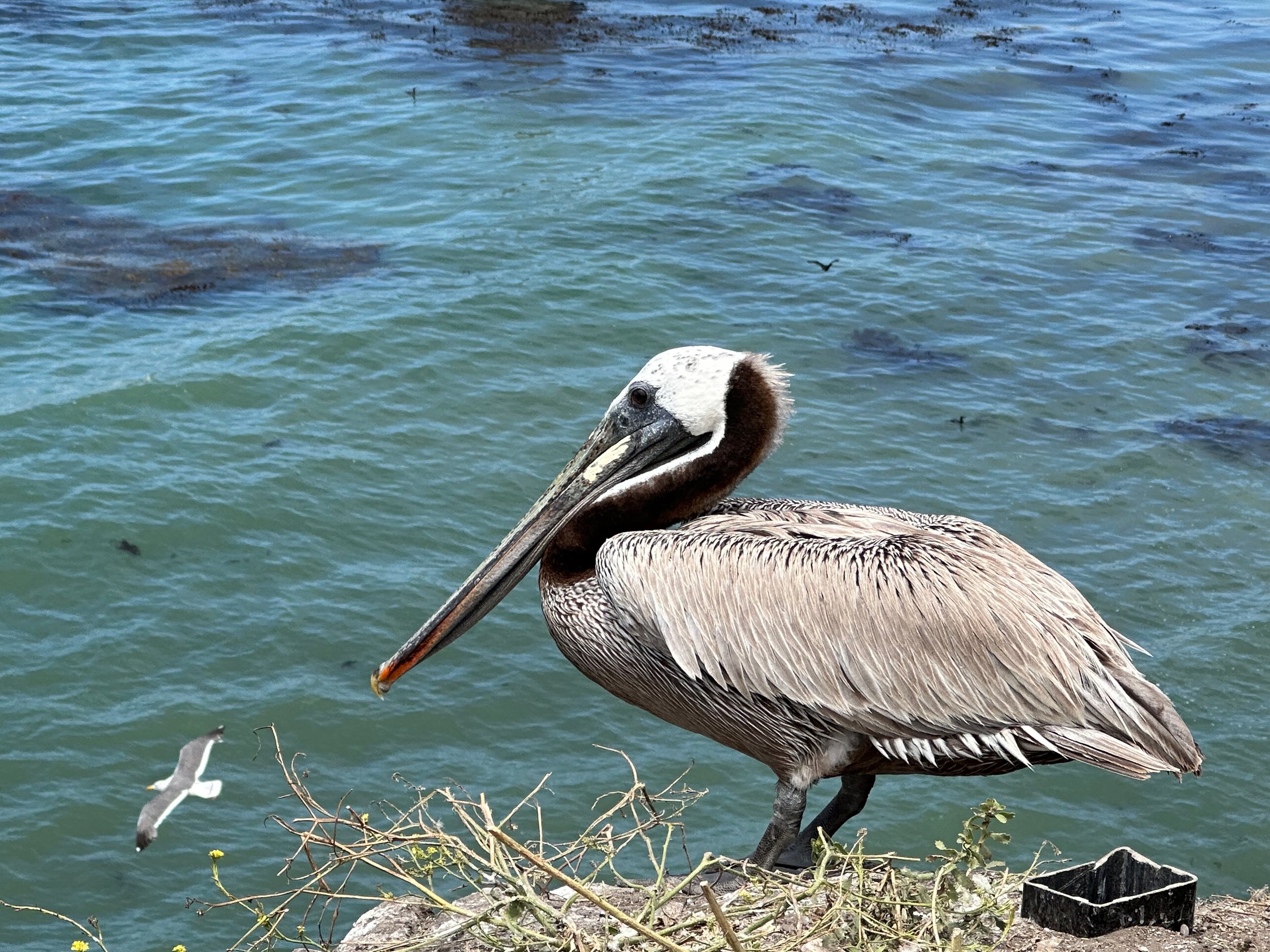This year has been filled with highs and lows, and “it ain’t over.”
The highs were both personal and professional. First, the highs, because those are easy. I joined the Scaling Up Nutrition’s Executive Committee and serve as its co-Chair. I also joined the systems-wide CGIAR Integrated Partnership Board. I believe in both of these organizations and their mandate to improve nutrition and food security for the most vulnerable, and it is a pleasure to contribute to both. I also was elected to the National Academy of Sciences and launched the Food for Humanity Initiative at Columbia’s Climate School. It's all great stuff, with many people’s hands on my back pushing me forward. Please, reader, do not take this as me bragging, but these moments of feathers in the cap helped me get through the lows…So my advice is, find your feathers to put in your cap.
Now, the lows. I lost two good friends and mentors this year and one who served as a support mechanism for my most valued mentor. My colleague Cheryl Palm died of Creutzfeldt Jakob disease this past April – she died swiftly and tragically. She was an amazing woman, scientist, and mentor to me. She taught me the ins and outs of African agriculture, and her laugh was infectious. Richard Deckelbaum also passed away this October. He was my first “boss” in academia – and he convinced me to come to academia after years of working in international development. He was a mensch – just the kindest guy in the world. John Gallin was the husband of my mentor Elaine Gallin, when I was at the Doris Duke Foundation, and he was a fantastic scientist who spent a career at NIH. All three leave big holes in the world.
To add to the lows, my parents were hit hard by Hurricane Helene. They live near Asheville, North Carolina, and the flooding/dam breaks caused the loss of their car, their home, and a good amount of their possessions. Starting over in your late 70s is hard, but they are resilient folk. They are alive, safe, and rebuilding. I am in awe of them.
It seems the world is ever more fragile, with significant wars, famines, and now a very contentious U.S. election just a few days away. Deep down in my gut, I must say, I am filled with an undertow of dread and fear of the unknown and known.
This year has been filled with joy, sadness, and loss. It got me thinking about how important it is to keep perspective. When Warren Zevon, the singer-songwriter, was dying of lung cancer, he visited the David Letterman show. David asked Warren if he had any life lessons. Warren said, “Enjoy every sandwich.”
Damn straight.












